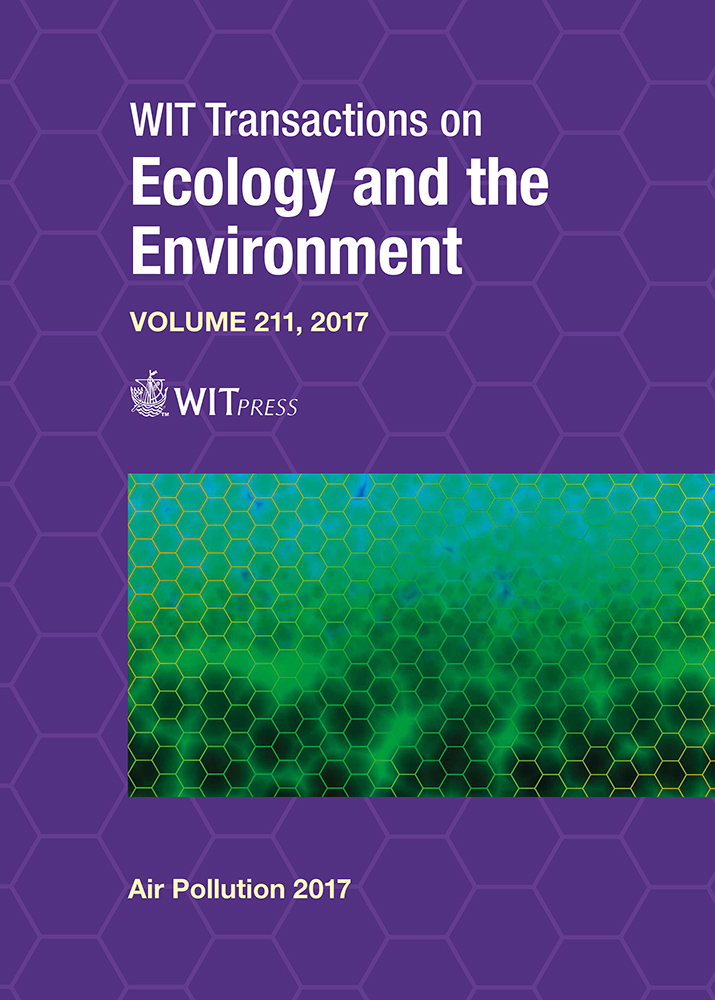ASSESSMENT OF PLANETARY BOUNDARY LAYER SCHEMES OF THE WRF-CHEM MODEL IN THE SIMULATION OF CARBON MONOXIDE DISPERSION IN THE URBAN AREA OF QUITO, ECUADOR
Price
Free (open access)
Transaction
Volume
211
Pages
10
Page Range
41 - 50
Published
2017
Size
526 kb
Paper DOI
10.2495/AIR170041
Copyright
WIT Press
Author(s)
RENE PARRA
Abstract
In tandem with emissions, the dynamics of the Planetary Boundary Layer (PBL) strongly define the concentration of pollutants in the atmosphere. The PBL parameterization schemes of numerical models need to be assessed to identify which one provides the best performance, especially in places with such complex topography as the Andean region of Ecuador. For this purpose, the dispersion of carbon monoxide (CO) in Quito (northern Ecuador, 2800 masl) during October 2014 was simulated using the Eulerian Weather Research and Forecasting with Chemistry (WRF-Chem V3.2) model, under 5 PBL schemes: 1. Yonsei University, YSU; 2. Mellor-Yamada-Janjic, MYJ; 3. Quasi-Normal Scale Elimination, QNSE; 4. Mellor-Yamada Nakanishi and Niino Level 2.5, MYN; and 5. BouLac PBL, BL. Simulations were performed using a domain with high spatial resolution (1 km) and results were compared with records from five air quality stations. On average, the percentage of days positively captured by modeling, for maximum CO concentrations over both 1-hour and 8-hour periods, was highest for QNSE (78.9%) and MYJ (76.8%), both 1.5 order local schemes. This assessment should be done for other periods, pollutants and meteorological variables.
Keywords
Distrito Metropolitano de Quito, PBL, local scheme, nonlocal scheme, modeling performance, CO dispersion





